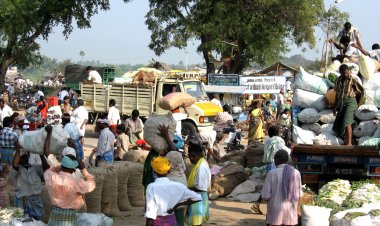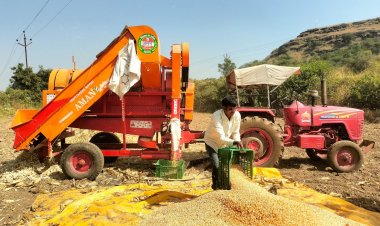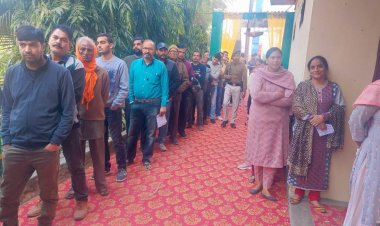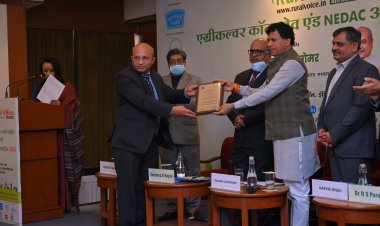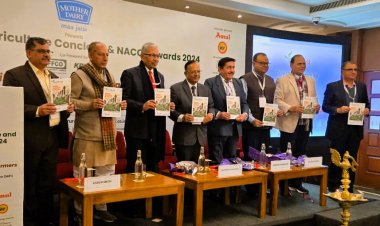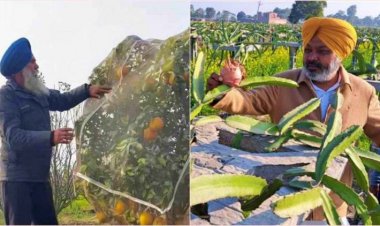Political Turmoil in Bangladesh Threatens Its Economic Gains
The end of the 15-year old Government of Sheikh Hasina after months of relentless violence has sunk the 53-year old country into its worst political crisis. The breakdown of rule of law has severely impacted its economy, which had performed admirably since the former Prime Minister had assumed office in 2009.
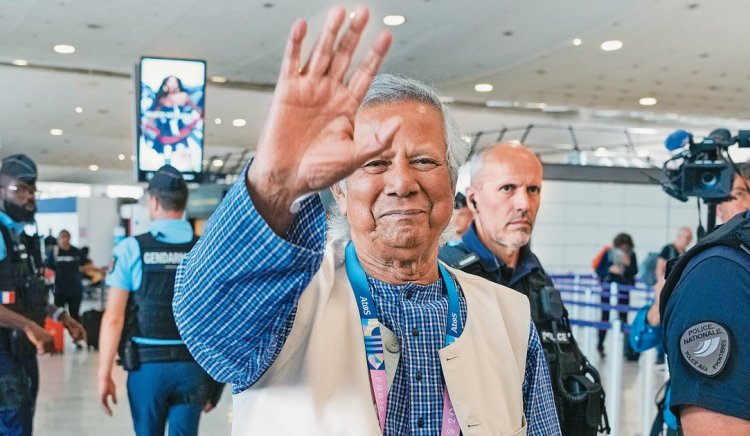
The end of the 15-year old Government of Sheikh Hasina after months of relentless violence has sunk the 53-year old country into its worst political crisis. The breakdown of rule of law has severely impacted its economy, which had performed admirably since the former Prime Minister had assumed office in 2009. The Bangladeshi economy had expanded by over 6.5% during this period, significantly higher than the 5% growth it had recorded during the previous decade. As a result, the country is all set to discard its label as a least developed country in 2026.
Furthermore, IMF estimates show that Bangladesh’s per capita income is expected to cross the $4,000 mark before the end of the decade, exceeding that of India’s. The on-going political unrest can deal a serious blow to these favourable tidings, reversing the gains that the economy had achieved during Sheikh Hasina’s regime quite quickly. In the midst of all this, there are some hopeful signs; the newly appointed advisors have shown their urgency to get order back on the streets of Dhaka and beyond.
The uptick in Bangladesh’s recent economic performance has benefitted India in good measure. This has been most visible in its trade relations with its neighbour, but India’s investors are also not lagging too far behind. They have invested in several sectors and are seeking to establish joint ventures in others. India always had high stakes in the Bangladeshi economy, and this has gone up several notches in recent years.
India-Bangladesh trade has been quite buoyant since the closing years of the previous decade. Between 2015-16 and 2021-22, India-Bangladesh trade increased nearly 2.7 fold. In 2021-22, India’s exports had exceeded $16 billion, up from a mere $6 billion in 2015-16. During this phase, India’s exports to and imports from Bangladesh expanded almost in sync, though it must be added that the imports have grown from a much lower base.
Low level of India’s imports from Bangladesh has always been a contentious issue with the latter complaining that India was not importing enough from its neighbour. This was despite the fact that India had offered duty free quota free access to Bangladeshi products in keeping with an agreement in the WTO aimed at facilitating enhanced market access for the least developed countries. However, India’s imports have reversed the past trends in recent years. Prior to 2019-20, India did not figure in Bangladesh’s top 10 export destinations as had not even touched a billion dollars. After crossing this threshold in 2018-19, Bangladesh’s exports to India had exceeded $2 billion in 2022-23.
Bangladesh has also been able to improve its position as one of India’s main destinations. From the 7th largest market in 2018-19, Bangladesh became the 4th largest market for Indian exports in 2021-22, not far below India’s exports to China. This was a significant development for India, as its exporters were able to harness their potential in the market of one of the strategically important neighbours.
Two commodity groups helped in expanding India’s presence in Bangladesh, namely, agricultural products and cotton and cotton yarn. The latter set of products had long established itself as a provider of intermediate goods to the thriving readymade garment (RMG) industry in the country. RMG exports accounted for over 80% of the Bangladesh’s exports in 2021-22, cementing the country’s position as the third largest exporter of these products. Bangladesh was always a significant market for India’s cotton yarn, but in 2021-22 it absorbed almost 42% of India’s exports of cotton yarn and over 58% of raw cotton. Advocates of South Asian economic integration have consistently argued that establishment of value chains within the region can contribute immensely towards enhancing economic integration within the region, helping the region pull itself up with its own bootstraps. Establishment of value chains involving the textiles and garment industries in India and Bangladesh have raised hopes of not only expanding them to other industries in the near future, but also extending such value chains to include other countries in the South Asian region.
Exports of agricultural commodities from India contributed significantly towards the export push. Wheat exports increased nearly 3-fold during 2021-22, while sugar exports increased nearly 10-fold, and rice exports from India almost doubled. Together with raw cotton, agricultural exports were nearly 35% of India’s total exports to Bangladesh. This development took place as India was hoping to position itself as an agricultural export hub.
Though India-Bangladesh trade reached a record level in 2021-22, signifying the enhanced level of economic cooperation between the two countries, a mix of supply-side bottlenecks faced by India and Bangladesh’s economic frailties brought the level of trade down by nearly 30% during the next two years. Apprehensions of reduced output of cereals and a growing threat of food inflation, forced India to clamp down on its exports of cereals. On the other hand, Bangladesh foreign exchange crisis led to a reduction in its imports, including the imports of critical intermediates for the garment industry. Though trade flows between the two countries have suffered a temporary setback, there is no doubt that there is considerable potential for expansion in the years ahead.
There is hardly any doubt that the economic relations between the two neighbours have reached the take-off stage. This is evidenced by the growing interest shown by India’s private sector to invest in a range of sectors across the border. It is, therefore, expected that despite the regime change in Bangladesh, governments in the two countries will continue to foster the spirit of mutual cooperation that is essential for the betterment of their peoples.
(The writer is Professor, Jawaharlal Nehru University (Retd) and Distinguished Professor, Council for Social Development)



 Join the RuralVoice whatsapp group
Join the RuralVoice whatsapp group

















